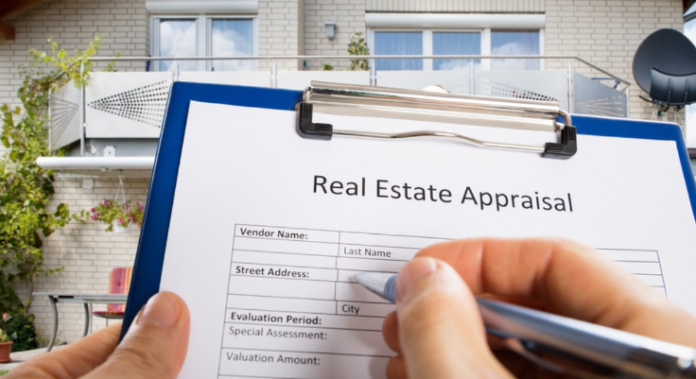Welcome to the fascinating world of property valuation, where the true worth of your property is unravelled through a meticulous process known as appraisal. Prepare to delve into the intricate art of property appraisal as we explore various facets, methods, the crucial role of appraisers, and market trends that can significantly impact your property’s value. Let’s embark on this enlightening journey and uncover the secrets of appraisal mastery.
### Understanding Property Appraisal
In the UK, a property appraisal is the process of developing an estimate of the value of a property. Estate agents in the UK offer free property valuation which might be a rough estimate that the property can fetch you on a sale. There are professional valuers or surveyors whose expertise is to assess the actual worth of a property, be it a residential, commercial, industrial, or agricultural property.
### Role of Qualified Appraisers
Seasoned appraisers play a vital role in the property valuation process, bringing their expertise and knowledge to the table. These skilled individuals meticulously inspect the property, considering its condition, layout, and distinctive attributes that contribute to its overall curb appeal. Additionally, they delve into extensive market analysis, comparing recent sales of properties with similar characteristics to ensure a fair and precise assessment.
## The Appraisal Process
Prepare yourself for a captivating glimpse into the intricacies of the appraisal process—a carefully choreographed dance of data and analysis that leads to the revelation of a property’s true value.
### Property Inspection
Property appraiser or surveyor will conduct a complete examination of the property in person investigating all aspects of the property like the condition, size, layout, and presence of any unique features that set it apart from the rest. The charm of the property’s curb appeal is carefully evaluated, and any factors that could potentially elevate its value are taken into account.
### Analysing Market Data
The appraiser delves into the rich tapestry of market data, weaving together a narrative of property values in the area. Recent sales of comparable properties become the backbone of this analysis, providing a solid foundation for gauging the property’s worth. By expertly deciphering the subtle patterns within the data, the appraiser gains insight into the prevailing market trends that can sway the property’s value one way or another.
### Making Necessary Adjustments
As in any intricate art form, no two properties are entirely alike. The appraiser employs their astute judgement and expertise to make necessary adjustments to the data, ensuring that comparisons are fair and accurate. This delicate dance of adjustments accounts for any differences in features, amenities, or other unique aspects that affect the property’s value.
### Arriving at the Final Valuation
With the physical inspection, market analysis, and adjustments harmoniously orchestrated, the appraiser reaches the grand crescendo—the property’s final valuation. Like a seasoned conductor leading a symphony, the appraiser confidently arrives at the figure that represents the culmination of their efforts, backed by data, expertise, and a keen understanding of the market.
### Significance of Location
Ah, the ever-essential element that can make or break a property’s value—the location! The proximity to schools, public transportation, shopping centres, parks, and other amenities all play their part in this grand performance. A prime location can elevate a property’s value, while a less desirable one might temper its allure. The appraiser’s discerning eye weighs the location’s influence with great precision.
### Influence of Property Size and Condition
The size of a property sets the stage for its value—bigger doesn’t always mean better, but it does often command a higher price. Equally important is the property’s condition—the wear and tear, or the care lavished upon it, can significantly impact its worth. A meticulous evaluation of both size and condition reveals their profound role in the appraisal dance.
### Comparing Sales of Similar Properties
In this intricate choreography, the appraiser’s artistry lies in the analysis of comparable sales—properties akin to the one being appraised. Recent sales data provides a benchmark for value comparison, guiding the appraiser’s decisions in harmonising the appraisal with the market’s rhythm.
### Economic Conditions and Property Values
Ah, the rhythm of the economy—rising and falling like the tides of the sea. The health of the region’s economy plays a melody that resonates with property values. A thriving economy often sways property prices upward, while an economic downturn may soften the market’s crescendo.
### Impact of Interest Rates
The rhythm of interest rates plays a subtle yet profound role in the dance of property values. Lower interest rates can allure potential buyers with sweet melodies of affordable financing, increasing demand and, in turn, elevating property values.
### Development Potential and Property Value
The potential for growth adds a layer of intrigue to a property’s value. Properties with the promise of development or expansion hold a unique allure, often commanding higher prices as investors seek to capitalise on future possibilities.
While there are other factors to be known about in the sea of property appraisal, this will help you start the learning process. Be aware that it is of primary importance to expert assistance to successfully value the worth of your property.
































